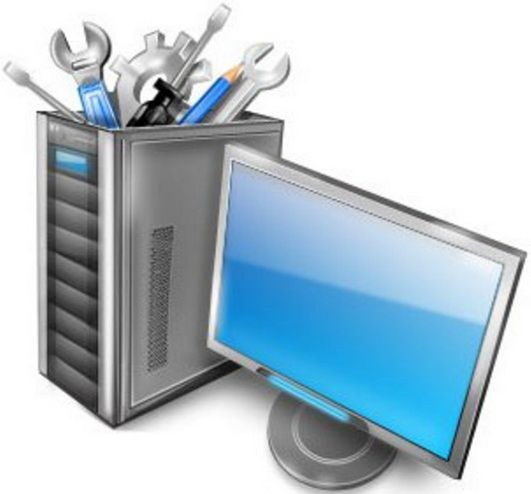Instruction
1
To enter the BIOS, just press one key when the computer starts. Most often it is Del, F1, F2, F3, F5, F10, or Ctrl+Alt+Esc. It depends on the model and company that makes the BIOS. Anyway, in the lower-left corner of the monitor there is an inscription Press X to enter seup, where X is the name of the button to enter the BIOS. If you did everything correctly, you will see the BIOS screen.
2
In the BIOS look for a tab on the drives, if the SATA drive, you need to find the SATA Device if you have an IDE drive, respectively, an IDE Device, if the USB-drive – USB-Device. Find the name of your drive if there is an inscription Disabled ("turned Off ), then change it to mark Enabled ("turned on ).
3
Now you need to save the changes. For this you need to select Save & Exit Setup or press F10. A window will appear prompting you to confirm saving changes. Press Y if you want to use them – if not, press N.
4
The last reboot, the claim will be available and recognized by the operating system. If not, check whether the connected drive, all cables connected, attached power cord. Perhaps the ribbon cable or the cord broken and not contacts, then change it.
5
If you need to boot from the drive again you will need to enter the BIOS. Locate the BOOT tab or Advanced BIOS Features, select Boot Device Priority (select the boot sequence, putting the first number is your disk drive), or First Boot Device (select the name of your drive). Save the changes, restart the computer and work with your boot disk.
